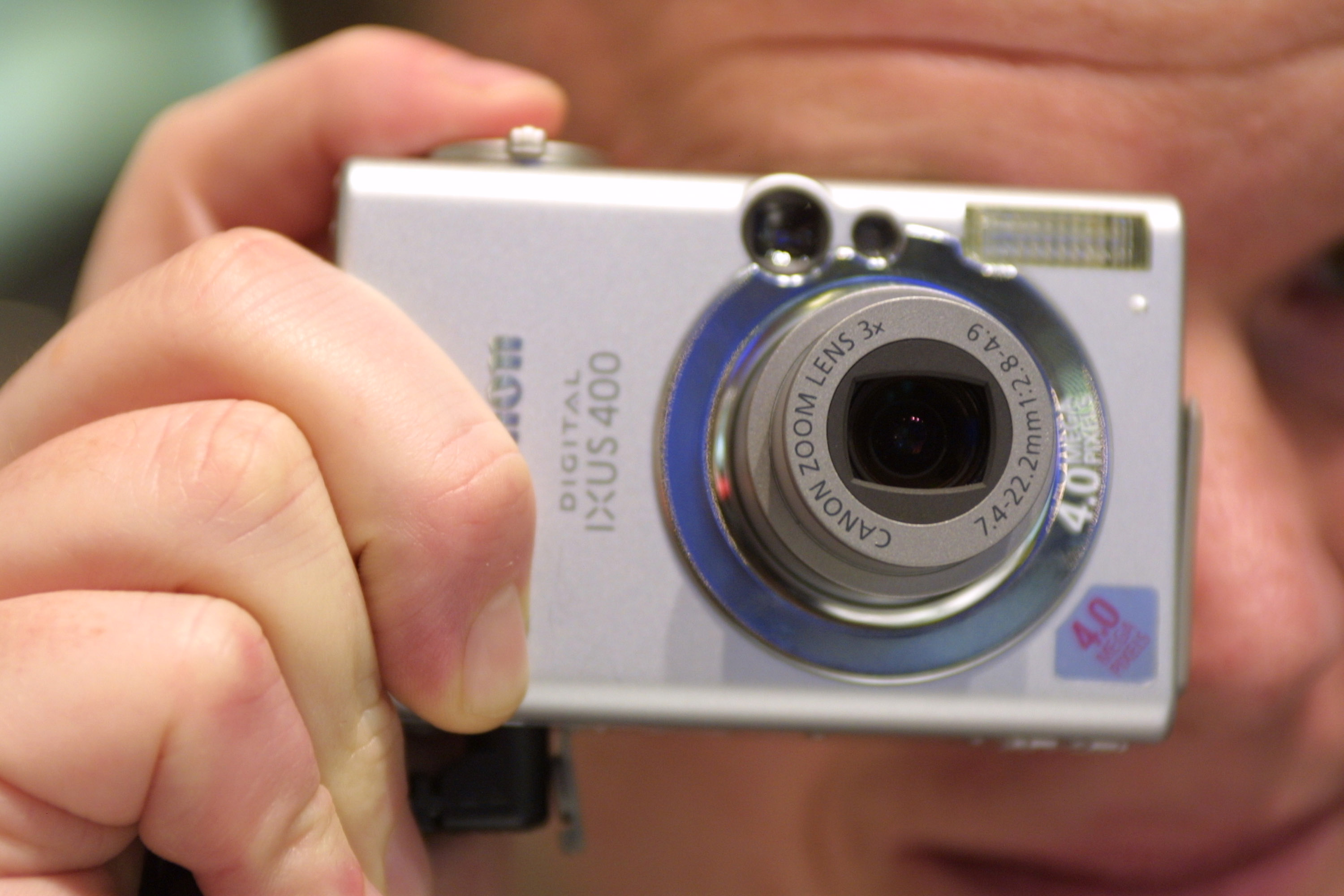This mortal Canon compact camera has a sensor that’s on borrowed time, perhaps you still have one in your basement?
Many Canon IXUS 400 owners seem to be unaware that it was doomed the moment it left the factory

Happen upon a Canon IXUS 400 and you’ll probably dismiss it as just another unremarkable compact camera from yesteryear, what with its generic mid-2000s form factor, metallic-silver paint job, and fixed telescopic zoom. But these little cameras are housing a giant secret; their 1/1.8-inch CCD sensors are slowly dying and are beyond any feasible repair. Unfortunately, the problem isn’t particularly well-documented online, with various IXUS 400 users, reporting color casts or only being able to capture black exposures, often met with little explanation beyond age and no indication of an inherent problem.
So, I was pleased to find an excellent retrospective by Ravioli, Ravioli, Ravioli, which sheds light on the Canon IXUS 400 and its successor, the IXUS 500, in great detail. It’s no secret that Sony manufactures a large portion of the world’s digital sensors, so it shouldn’t come as much of a surprise that when it released a bad batch of compact-camera sensors in the early to mid-2000s, products from big manufacturers were affected.
According to Ravioli, Ravioli, Ravioli, this “caused sensors to degrade, exhibiting green and purple casts before producing black images and refusing to work again.” In 2005, cameras were getting recalled left, right and center, but apparently, the IXUS 400 and 500 didn’t begin to exhibit problems until after the free recall deadline in 2007.
However, I managed to find a service notice from Canon (dated March 2012), which acknowledges the initial recall announcement in October 2005, stating: “the service period for these products has now ended,” and that “we will no longer provide such repair services for the following products after the end of service dates indicated below.” The service dates for the Canon IXUS 400 go up to February 28 2011, and the Canon IXUS 500 up to January 31 2012, so it looks like fixes were available for years after the respective cameras’ releases. Kudos to Canon!
The Ravioli, Ravioli, Ravioli article also provides a link to an Imaging Resource article from 2007, providing an update on the then-unfolding situation. It states, “In each case, the story was similar - CCD (image sensor) failures, particularly in conditions of high heat and humidity”. Judging by that, cameras existing in a cooler climate are more likely to still be working. If you have any old compact cameras lying around, circa 2002 to 2004, from any of the major manufacturers, including Leica, Pentax, and Ricoh, make sure you check out Imaging Resource to see if your model was affected.
So, if you happen to own one of these modern relics and have a mind to dig it out of the basement, if it’s kaput, you're probably not going to spend out on getting it fixed. On the off chance that it’s still working, I can’t help but feel there’s something exceedingly interesting about a camera that’s on borrowed time. If I had one, I’d definitely put it back into rotation.
You might also like...
If you’re in the market for a modern compact camera, here are my five top picks to consider. It’s also worth checking out what is arguably the most popular compact camera in 2025, the Fujifilm X100VI. But if you want a small camera with an interchangeable lens, I’d go for the Fujifilm X-M5. Here’s why it finally delivers on the compact promise of the mirrorless camera.
The best camera deals, reviews, product advice, and unmissable photography news, direct to your inbox!

Mike studied photography at college, honing his Adobe Photoshop skills and learning to work in the studio and darkroom. After a few years writing for various publications, he headed to the ‘Big Smoke’ to work on Wex Photo Video’s award-winning content team, before transitioning back to print as Technique Editor (later Deputy Editor) on N-Photo: The Nikon Magazine.
With bylines in Digital Camera, PhotoPlus: The Canon Magazine, Practical Photography, Digital Photographer, iMore, and TechRadar, he’s a fountain of photography and consumer tech knowledge, making him a top tutor for techniques on cameras, lenses, tripods, filters, and more. His expertise extends to everything from portraits and landscapes to abstracts and architecture to wildlife and, yes, fast things going around race tracks...
You must confirm your public display name before commenting
Please logout and then login again, you will then be prompted to enter your display name.
